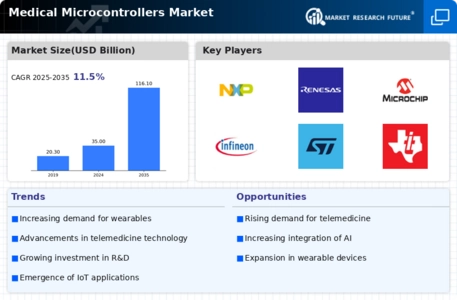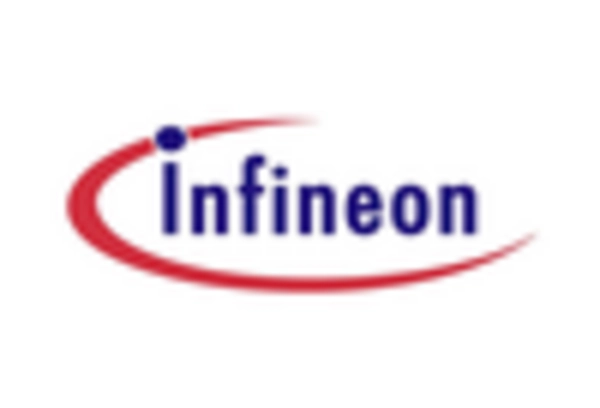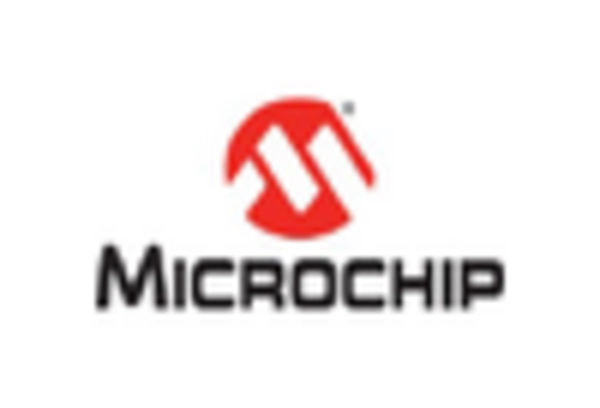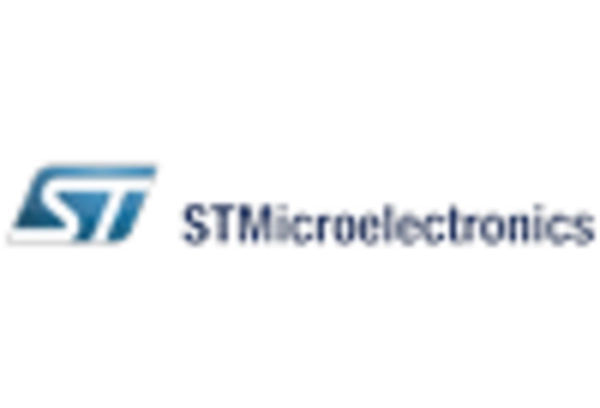Market Share
Medical Microcontrollers Market Share Analysis
In the highly competitive landscape of the Medical Microcontrollers Market, companies employ various market share positioning strategies to establish and enhance their presence. One of the primary strategies involves product differentiation. Manufacturers strive to develop and offer medical microcontrollers with unique features, capabilities, and performance metrics. By providing distinct advantages over competitors, companies can capture the attention of healthcare providers and gain a competitive edge. Product innovation, therefore, becomes a key driver in the market share positioning game, encouraging companies to invest in research and development to stay ahead of evolving industry demands.
Pricing strategies also play a crucial role in market share positioning within the Medical Microcontrollers Market. Companies strategically determine the pricing of their products based on factors such as production costs, market demand, and perceived value. Offering competitive pricing can be a potent tool to attract a larger customer base and gain market share. Conversely, premium pricing may be justified for products with advanced features and superior performance. Striking the right balance between affordability and value proposition is essential for companies looking to secure a significant portion of the market share.
Market penetration is another key strategy employed by companies in the Medical Microcontrollers Market. This involves aggressively entering the market with existing products, often accompanied by promotional campaigns, discounts, and partnerships. By rapidly increasing market share through widespread product adoption, companies can establish themselves as key players in the industry. Market penetration strategies are particularly effective in regions with untapped potential or in segments where the demand for medical microcontrollers is poised to surge.
Strategic partnerships and collaborations are instrumental in enhancing market share positioning. Companies often forge alliances with other organizations, including healthcare institutions, research centers, or technology providers. These collaborations can lead to the development of innovative solutions, expanded distribution channels, and increased brand visibility. By leveraging the strengths of multiple entities, companies in the Medical Microcontrollers Market can strengthen their market position and gain access to new markets or customer segments.
Geographical expansion is a pivotal strategy for companies aiming to broaden their market share in the Medical Microcontrollers Market. By strategically entering new regions and markets, companies can tap into diverse customer bases and respond to regional healthcare needs. Additionally, localized strategies, such as adapting products to meet specific regional requirements, can further enhance market penetration. This approach allows companies to position themselves as global leaders while addressing the unique challenges and opportunities presented by different markets.
Brand building and reputation management are integral aspects of market share positioning strategies. A strong and positive brand image instills confidence in healthcare providers and end-users, influencing purchasing decisions. Companies invest in marketing campaigns, public relations, and customer support to build and maintain a reputable brand. Positive reviews, endorsements from healthcare professionals, and certifications contribute to the overall perception of a company's reliability and product quality, thereby influencing its market share.















Leave a Comment